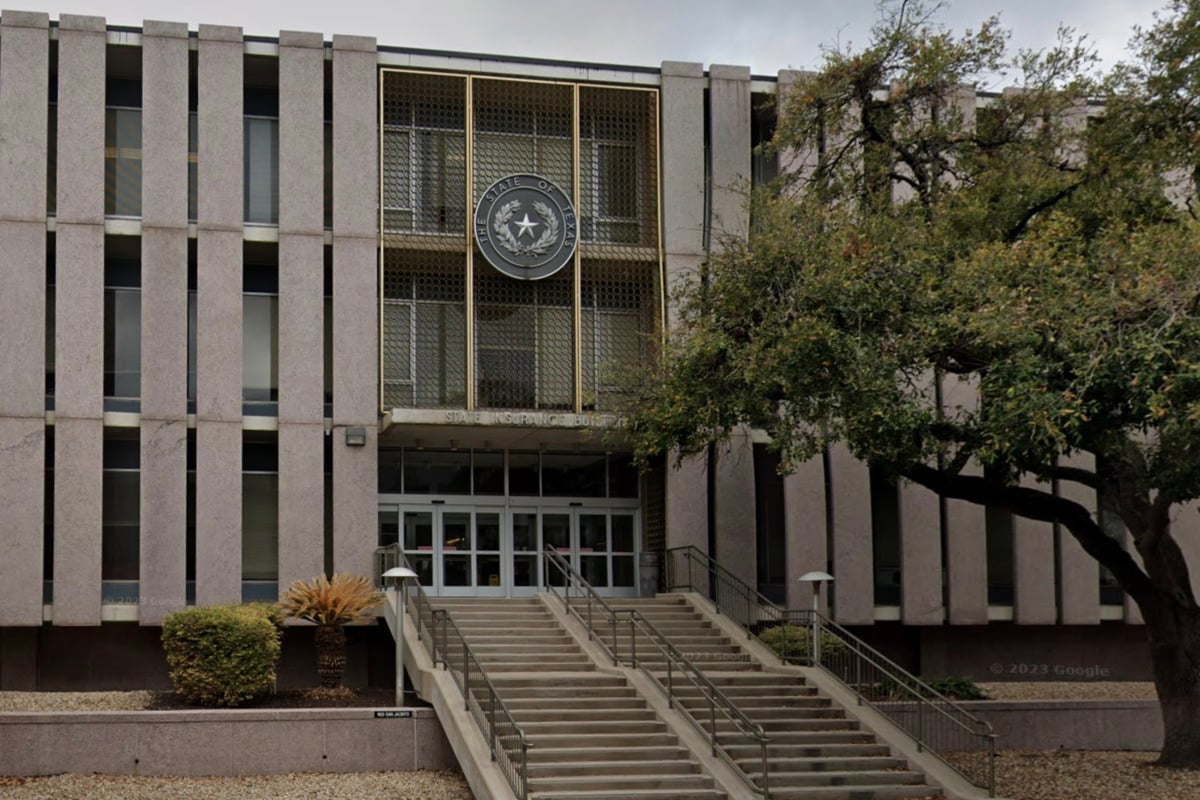FARGO — Our StormTRACKER team does more than just look out the window to create their StormTRACKER forecast. One of the most important tools they use to compile their forecast is weather computer models. And while our StormTRACKER meteorologists show you which computer model fits their forecast best on a flat, two-dimensional map on Futurecast, the weather computer models are calculating in three dimensions since weather doesn’t just occur here on the ground.
ADVERTISEMENT The models divide the atmosphere at the surface as well as up through the sky, separating it into grid boxes or parcels of air. Each cube contains weather information about the temperature, wind, pressure and humidity inside that parcel. The grid boxes near the ground get that information from weather sensors at airports and ocean buoys.

But the grid boxes higher up in the sky rely on data from radar, satellites, weather balloons and airplanes collecting data as they fly up through the atmosphere. These are what meteorologists call “initial conditions”. We can use kids' toys to demonstrate: the blue ball represents all the current weather data, it is sent through supercomputers to crunch quadrillions of meteorological equations to forecast how each parcel of air is expected to change over a period of time, that’s the green ball.
The computer model then takes this forecast parcel and run it through the model again, this time with the green forecast ball as the initial condition to populate how the next parcel of air will change resulting in the yellow ball. This repeats over and over until you are left with a forecast of how all these parcels of air will behave over several days. With each run through the calculations, you are getting further from the original input, or actual weather that was occurring on Earth, so the longer out you take the forecast, the less accurate it will be.
Conversely, if you have higher quality and quantity of weather information going into the computer model, the more accurate the forecast will be, especially in the short term. The processing power of the supercomputers is more than 10,000 times faster than the average desktop computer..
Environment

Weather Wednesday: weather computer models

In this Weather Wednesday we demonstrate how meteorological supercomputers work.















